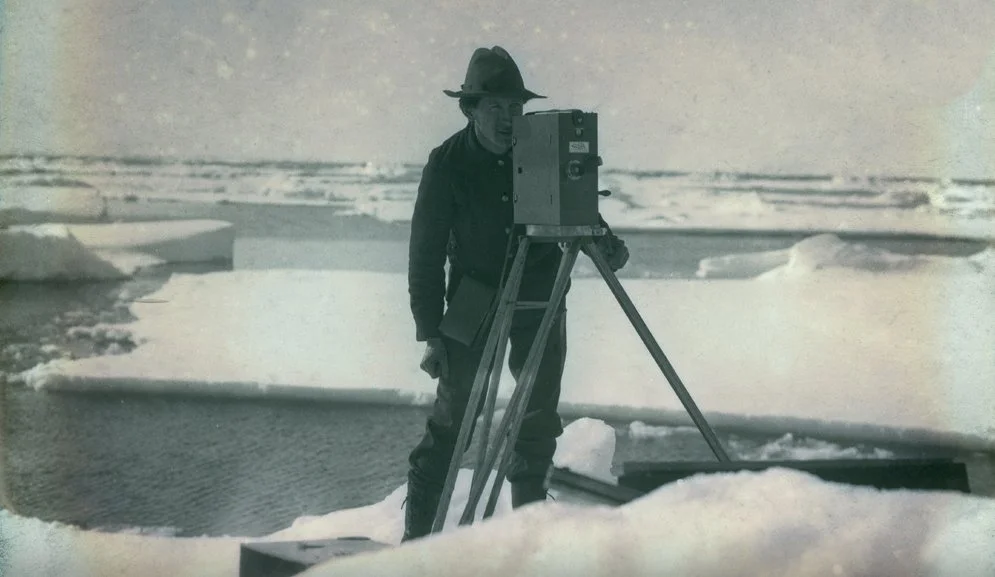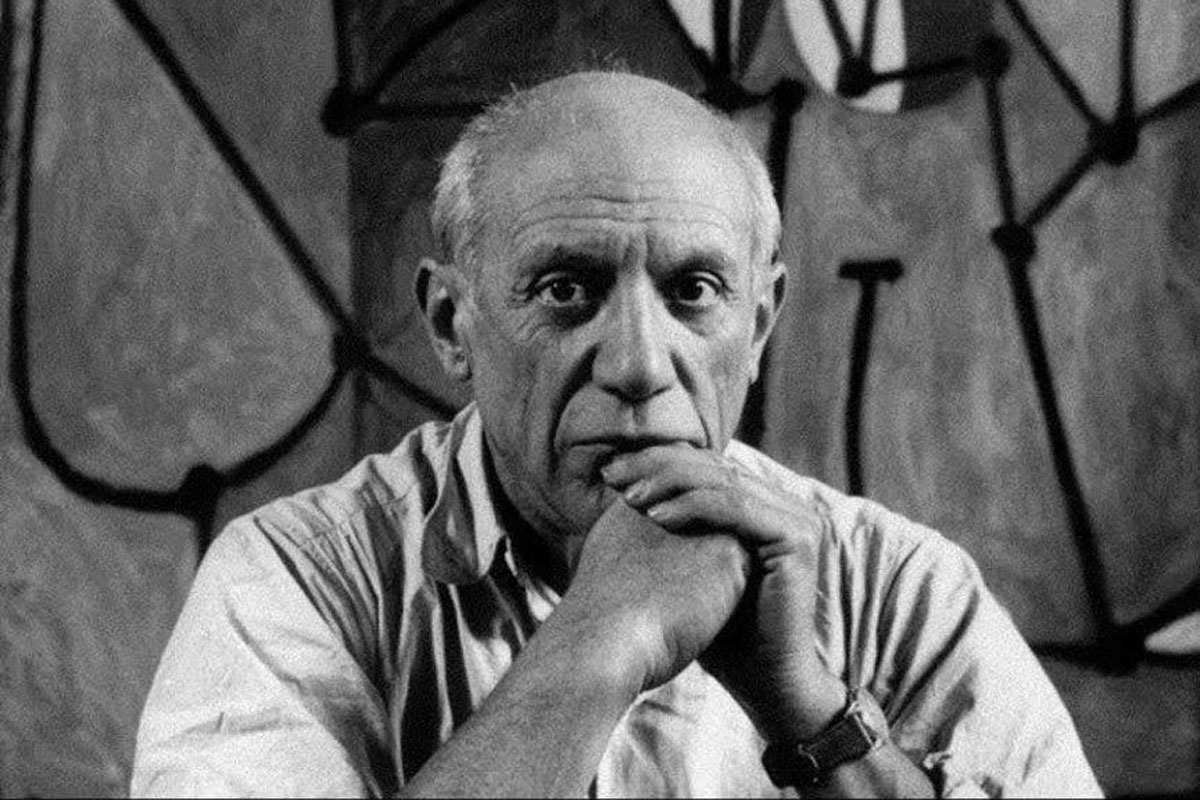This series of articles seeks to examine the character attributes of highly successful leaders, regardless of their adherence to a strong faith or moral standard. In presenting these thoughts, Leadership Ministries is not agreeing with or advocating these traits or practices, but rather presents these as ideas for discussion and development in your own leadership journey.
Alexander Graham Bell (1847-1922) was an inventor, scientist and engineer. He patented the first practical telephone and founded American Telephone and Telegraph (AT&T) in 1885. Bell’s inventions are numerous, spanning communication, aviation, hydrofoil boats, medicine and genetics. Bell married Mabel Hubbard in 1877 and the couple had four children. Bell became a naturalized U.S. Citizen in 1882 and would eventually alternate between homes in Washington, D.C. and Port Hawkesbury, Nova Scotia, Canada.
Alexander also became president of the National Geographic Society (1989-1903) and editor-in-chief of National Geographic Magazine. Bell was the one who shifted National Geographic from scholarly articles to photography, making it among the most popular magazines in history. Bell said, “Don’t keep forever on the public road. Leave the beaten track behind occasionally and dive into the woods. You will be certain to find something you have never seen before, and something worth thinking about to occupy your mind. All really big discoveries are the result of thought.”
Bell’s work for the National Geographic Society expanded the use of photography, enabling the reader to see glimpses of nature from around the world, and making the magazine into one of the most popular and beloved in history.
Bell’s inventions literally changed lives for the better. Telephone lines enabled instant long-distance communication, and led to global companies and expanded trade, computer networks, electronic banking, and connections to loved ones far away. The telephone within a decade of its introduction had shrunk the world by an order of magnitude. Here are a few leadership practices we might derive from Alexander Graham Bell’s life and work:
Solve problems close to you. Bell was born in Edinburgh, Scotland. He was the middle of three children, and his two brothers would later die of tuberculosis. From an early age he showed an aptitude for art, poetry and music, and with no formal training he mastered the piano. Bell’s mother was profoundly deaf. She began losing her hearing when he was 12, so Bell learned a [1]manual finger language that enabled him to sit beside her and tap out conversations that happened in the home. He also developed a technique of speaking in clear, modulated tones directing into his mother’s forehead where she would understand him with reasonable clarity. Bell’s grandfather, father and brother all worked on elocution and speech and Alexander himself researched hearing, speech and acoustics, culminating in the first U.S. patent for the telephone in 1876.[2]
Bell’s father encouraged his son’s work on speech and sound, paying for supplies and spurring him on with a promise of a “big prize” if he were successful. Bell taught his dog to growl continuously, then would reach into its mouth to manipulate the dog’s lips and vocal cords to produce new sounds. These forays led Bell to undertake his more serious work on the transmission of sound. At age 19 he had already published his first paper. Bell commented, “Without knowing much about the subject, it seemed to me that if vowel sounds could be produced by electrical means, so could consonants, so could articulate speech.”
Bell later taught at Susanna E. Hull’s private school for the deaf in South Kensington, London. As a teacher he made remarkable progress with deaf-mute students. Upon moving to the United States, he provided training to deaf school instructors at the American Asylum for Deaf-mutes in Hartford, Connecticut, and the Clarke School for the Deaf in Northampton, Massachusetts. Bell’s continuous research into the nature of speech and sound in order to help his mother and other deaf people gave him the understanding he would need to invent a means to transmit sound by electric current. But don’t overlook Bell’s work on behalf of the deaf. When he set out on his experiments and development of teaching methods, less than 40 percent of deaf children were taught how to speak and communicate. At this time of his death, more than 80 percent of deaf people could fully communicate with the hearing world.
Be first to market. At the time Bell was preparing to patent his telephone, many others were working on similar technologies. Another inventor, Elisha Gray, also filed a patent for speech transmission. Bell’s application arrived at the patent office first. Patent 174,465, was issued to Bell on March 7, 1876. It covered “the method of, and apparatus for, transmitting vocal or other sounds telegraphically… by causing electrical undulations, similar in form to the vibrations of the air accompanying the said vocal or other sound.” On March 10, 1876, bell succeeding in getting his telephone invention to work. When Bell spoke the sentence “Mr. Watson—Come here—I want to see you” into a transmitter, Watson, listening on a receiver in a nearby room, heard the words clearly.
Bell and his partners offered to sell their telephone patent outright to Western Union for $100,000 (about $2.5 million in today’s dollars). The president of Western Union balked, countering that the telephone was nothing but a toy. Two years later, he told colleagues that if he could get the patent for $25 million (or nearly $1 billion today), he would consider it a bargain. By then the Bell company no longer wanted to sell. The Bell Telephone Company was created in 1877, and by 1886, more than 150,000 people in the U.S. owned telephones. Bell and his investors would become millionaires and Bell would fare well from residuals the remainder of his life. The New York Times would later report:
“On October 9, 1876, Alexander Graham Bell and Thomas A. Watson talked by telephone to each other over a two-mile wire stretched between Cambridge and Boston. It was the first wire conversation ever held. Yesterday afternoon (January 25, 1915), the same two men talked by telephone to each other over a 3,400-mile wire between New York and San Francisco. Dr. Bell, the veteran inventor of the telephone, was in New York, and Mr. Watson, his former associate, was on the other side of the continent.”
Bell spent years in court defending his telephone patent from many rivals.
Over a period of 18 years, the Bell Telephone Company faced 587 court challenges to its patents, including five that went to the U.S. Supreme Court. None were successful and the Bell Telephone Company never lost a case that proceeded to trial. The value of the Bell patent was acknowledged throughout the world. Bell would eventually establish the International Bell Telephone and consolidate his phone system into a global company, but Bell spent much of his time as head of Bell Telephone in court—so much so that he eventually resigned from the company.[3]
Don’t stop experimenting. The range of Bell’s genius is represented by his many patents. These included 14 for the telephone and telegraph, four for the photophone, one for the phonograph, five for aerial vehicles, four for hydrofoils, and two for selenium cells. His inventions included an audiometer to detect hearing problems, a device to locate icebergs, the first practical metal detector, and work on alternative fuels. He abandoned early experiments using a magnetic field to record and reproduce sound—not knowing they had stumbled across the basic principle that would eventually lead to the tape recorder and computer hard disk drives.[4] His invention of a telephone system that worked with a beam of light was the precursor to today’s fiber optics. When Alexander’s newborn son, Edward, died from respiratory problems, Bell invented a metal jacket to aid in breathing, the precursor to the iron lung used to help polio victims, and later the respirators used in operating rooms.
Bell died peacefully on August 2, 1922, at his home in Nova Scotia. Shortly after his death, the worldwide telephone system was shut down for one minute in tribute. Months before he died, Bell told a reporter, “There cannot be mental atrophy in any person who continues to observe, to remember what he observes, and to seek answers for his unceasing hows and whys about things.”[5]
[1] https://en.wikipedia.org/wiki/Alexander_Graham_Bell
[2] https://www.britannica.com/biography/Alexander-Graham-Bell
[3] https://medium.com/@mattkuttan/the-four-alexanders-53b5808d782b
[4] https://www.invent.org/inductees/alexander-graham-bell
[5] https://www.loc.gov/collections/alexander-graham-bell-papers/articles-and-essays/inventor-and-scientist/


































Charlemagne (747-814) united the majority of Western and Central Europe during the Middle Ages. People call him the “Father of Europe,” and the Pope made him the first Holy Roman Emperor.